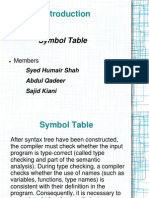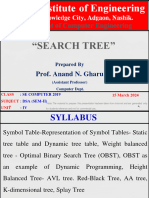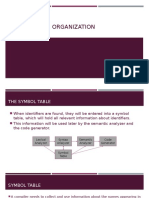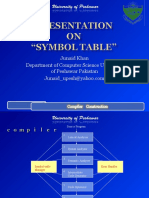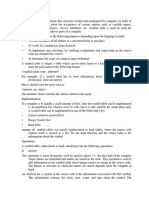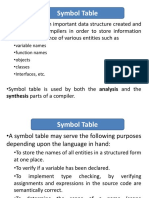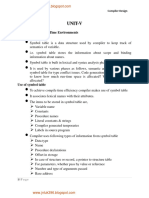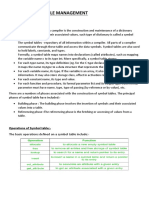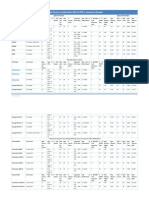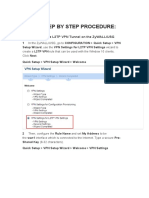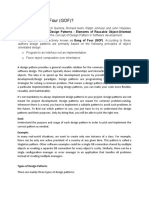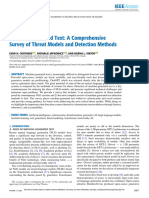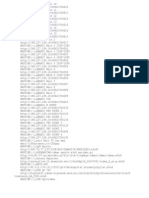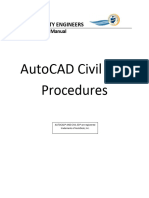0% found this document useful (0 votes)
76 views5 pagesSymbol Table in Compiler
The document explains the role of symbol tables in compilers, detailing how they track variables, functions, and identifiers, supporting various compiler phases like lexical, syntax, and semantic analysis. It outlines the operations performed on symbol tables, such as insertion, deletion, and searching, along with different implementation methods like lists, hash tables, and binary search trees. Additionally, it discusses the advantages and disadvantages of using symbol tables in terms of efficiency, memory consumption, and complexity.
Uploaded by
sambhavs042Copyright
© © All Rights Reserved
We take content rights seriously. If you suspect this is your content, claim it here.
Available Formats
Download as DOCX, PDF, TXT or read online on Scribd
0% found this document useful (0 votes)
76 views5 pagesSymbol Table in Compiler
The document explains the role of symbol tables in compilers, detailing how they track variables, functions, and identifiers, supporting various compiler phases like lexical, syntax, and semantic analysis. It outlines the operations performed on symbol tables, such as insertion, deletion, and searching, along with different implementation methods like lists, hash tables, and binary search trees. Additionally, it discusses the advantages and disadvantages of using symbol tables in terms of efficiency, memory consumption, and complexity.
Uploaded by
sambhavs042Copyright
© © All Rights Reserved
We take content rights seriously. If you suspect this is your content, claim it here.
Available Formats
Download as DOCX, PDF, TXT or read online on Scribd
/ 5















